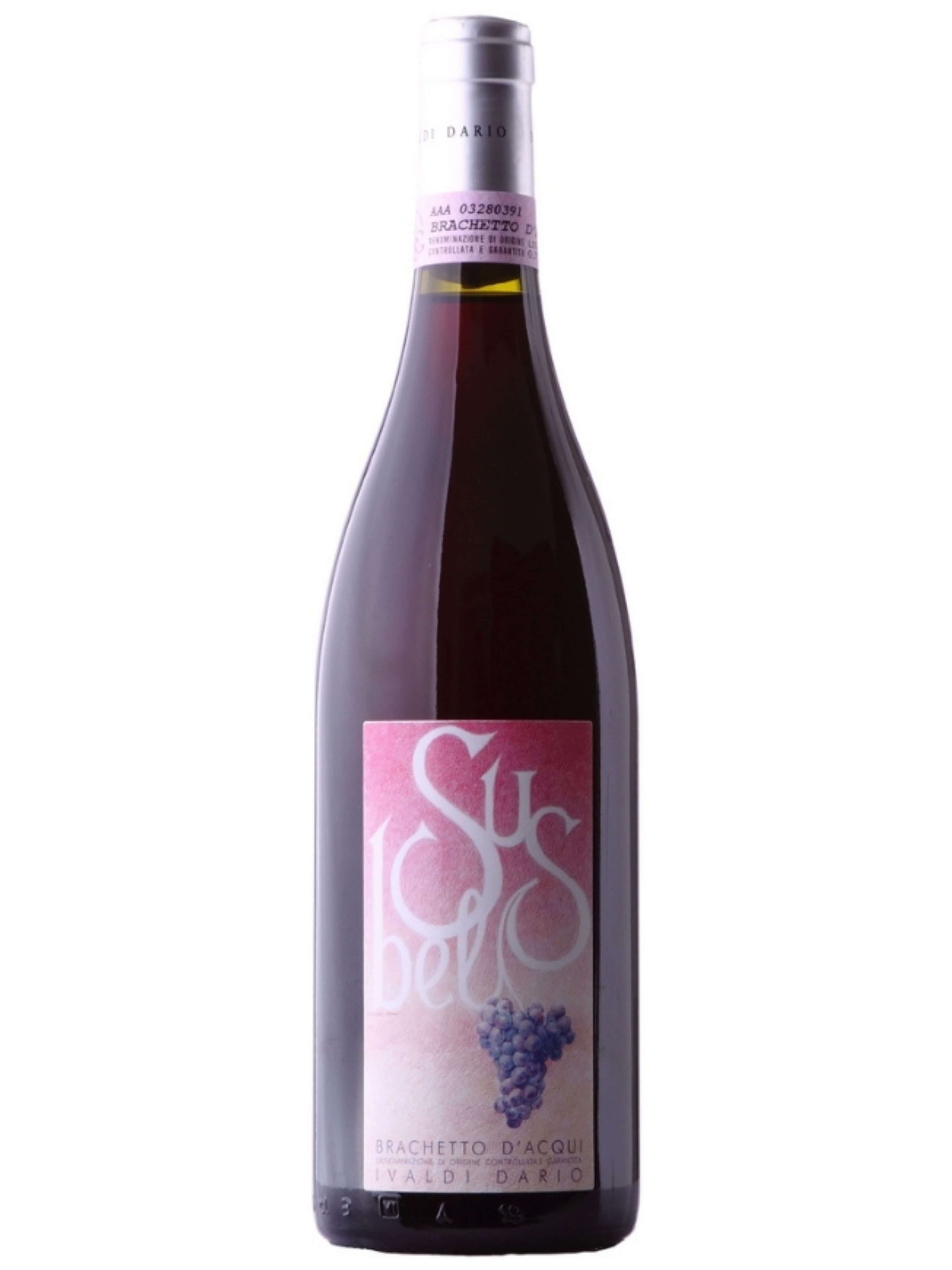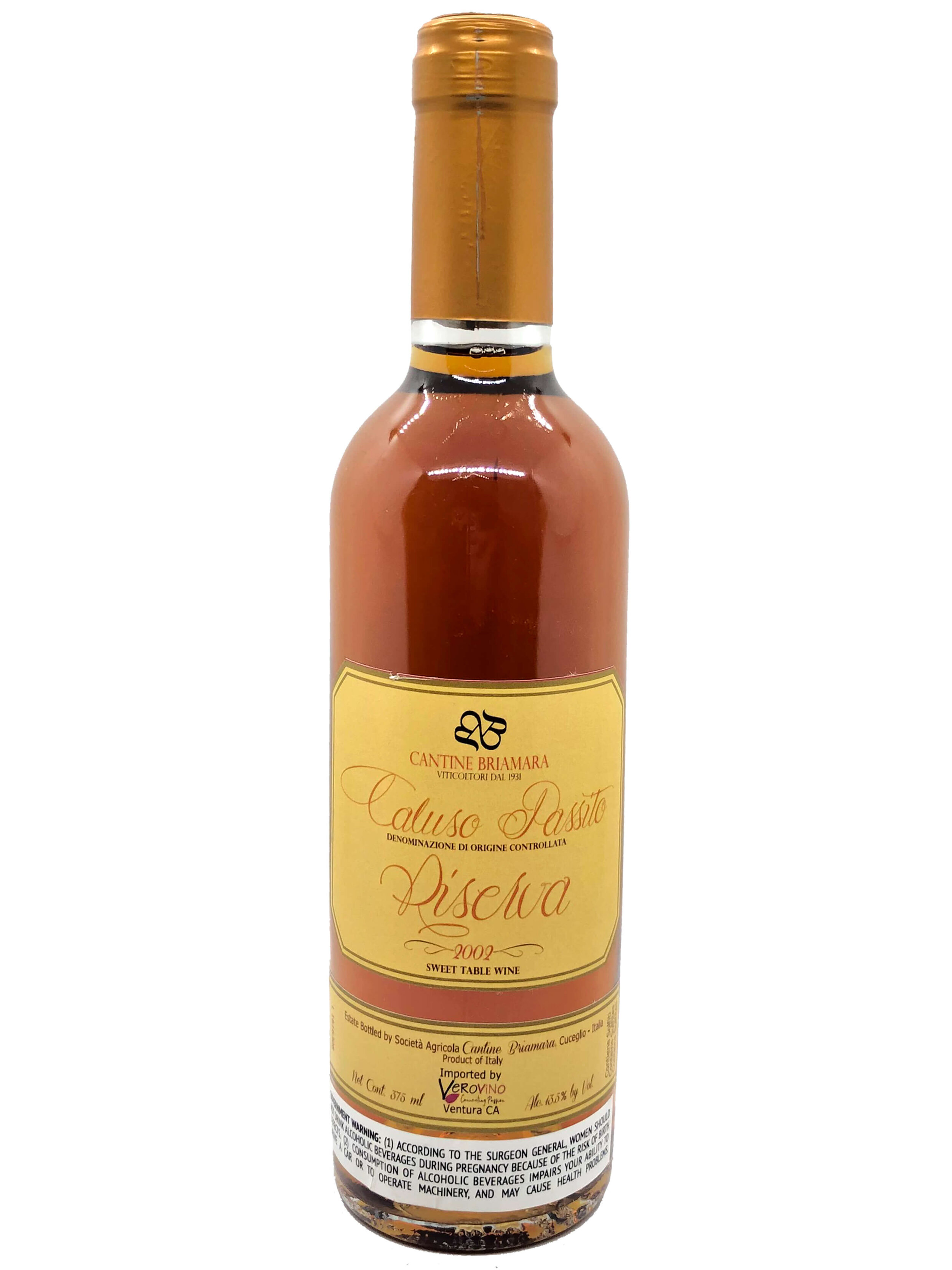Are Sweet Wines Coming Back?
The journey of sweet wine throughout history is an interesting one: it was once the most sought-after wine in the world, but in more recent times it has been looked down upon, ‘thanks’ to a proliferation of low quality, cheap, sweet wine. This caused sommeliers and other wine experts to overlook its potential. Yet, when sweet wine is made with high quality grapes and a skilled winemaker, they can be every bit as balanced and complex as their dry counterparts. In addition, the high sugar contents mean that they are prone to age well and great for keeping in your cellar.
For these reasons, we are fans of sweet wines, and love to find well-made, delicious versions, and it’s a topic we talk a bit about in multiple articles:
It’s the Sugar Baby - A look at what “dry” vs “sweet” means in wine,
Breaking Down Sugar and Wine - What makes a wine sweet, or a look at residual sugar in wine
The Versatility of Pairing Sweet Wine with Food - What kinds of foods, both sweet and savory, pair with various sweet wines.
How Sweet Wine Is Made
What is sweet wine? Sweet wines are defined by how much sugar is in the wine that is left after the fermentation is complete, measured by grams per liter, aka residual sugar. There are actually a lot of different sweet wines types, but in the end, a wine having between 35 and 220 grams per liter of residual sugar is considered a sweet wine. Winemakers have a variety of ways they can achieve the desired levels of residual sugar in their wines. Some methods work better with different grapes or are more traditional to certain areas or even vintages (such as ice wine where the vineyard must be subjected to a freeze and frost while grapes are still on the vine). All of these factors winemakers must consider when beginning to craft sweet wines, or considering which grapes of sweet wine varieties to grow.
Grapes being air dried by Vigna Petrussa before vinification.
One method is halted fermentation where, as the name implies, fermentation is stopped before all of the sugars have been turned into alcohol. This can be done by either lowering the temperature of the vessel where the wine is fermenting, such as when making Sweet Albana, or by adding alcohol, such as when making Port. When the fermentation stopped, this leaves a wine with high levels of natural residual sugar; and in the cooling method this leaves a relatively lower level of alcohol. When alcohol is added for crafting sweet wines like Port, sherry, marsala, and madeira, this is also called fortification. Wines made in this manner, such as Port, are some of the best at long-term cellar aging, keeping easily for 50+ years.
A sort of derivative of the halted fermentation method is called the Asti Method. Created in the Monferrato or Asti area of Piedmont in Northern Area, it is a way to utilize halted fermentation, but in sealed fermentation vessels to trap the Co2 released during fermentation. This creates a sparkling or slightly sparkling, wine. You can learn more about this method in our article “It’s the Sugar Baby”. Wines made in this method are the sweet sparkling wines Moscato d’Asti and Brachetto d’Acqui.
Another popular method of making sweet wines can be known as straw wine, raisin wine, or in Italian passito. This sweet winemaking method uses natural air drying (sometimes on straw mats) to remove water from the grapes, creating raisins. This concentrates the sugars in the dried grape, and, when pressed and vinified, leaves higher levels of residual sugar. Red or white grapes can be used for this method to create luscious sweet wines, such as Desiderio and Perla Nera from highly rated Northern Italian winery Vigna Petrussa. Passito, like other sweet wines, also can be variable based on a winemaker’s techniques and tastes. For example, Piedmont winery Briamara crafts and ages their Caluso Erbaluce Passito using hard-to-find chestnut barrels which gives the wine an added dimension of the old world.
Late harvest is another method that gives a moderate amount of sweetness to wines. By waiting until later in the season to harvest, winemakers can allow the grapes to gain more and more sugar, creating a sweeter, albeit sometimes higher alcohol wine. After reaching a certain alcohol level, the fermenting yeasts naturally die off and fermentation will stop (like in the halted fermentation method) leaving the extra sugars as residual.
Winemakers can also utilize nature to help create sweet wines, allowing a fungus known as botrytis cinerea or Noble Rot to infect the grape clusters. These grape clusters create a wine that is sweet and complex, almost better paired with savory foods than sweet. Wines made with noble rot, such as Sauternes and Picolit, are prized sweet wines sought after by many collectors, with many considering them some of the best sweet wines.
Of all the sweet wine types, one of the most controversial is known as chaptalization, or added sugar rather than relying on solely the sugar from grapes. Using chaptalization, a winemaker adds a large amount of a sugary substance to the wine in order sweeten it, kill the yeast and stop fermentation, then bottle. While in roman times this was common using honey to create sweet wines, in modern times, it has been abused by certain winemakers as a way to hide flawed or immature wines by making them overly sweet. While it can be done correctly in certain cases, overuse unfortunately aided in the decline and modern negative image of sweet wines.
Historical Popularity and Decline
A Roman advertisement fresco on the front of an ancient wine shop for various qualities of wines in the city of Herculaneum, preserved by the eruption of Mount Vesuvius.
As mentioned above, sweet wine has had, in recent memory, a sort of negative aura surrounding it. Purported wine experts turned their noses at sweet wines, expecting the low-quality chaptalized wines that flooded the market, forgetting that sweet wines, when made right, are just as good as dry ones. In fact, considering the lifespan of winemaking, this unpopularity is a recent phenomenon, and we are talking 1900s recent! In ancient times, as mentioned above, Romans would sweeten wine with honey. In fact, Roman Empress Galla Placidia helped to bring wines like Sweet Albana to popularity saying it was like drinking liquid gold. Even earlier, archaeologists believe passito originated as a drink known as passum created by the Carthaginians, and then was adopted by the conquering Romans and spread throughout the empire. Texts from a Punic writer in Carthage as well as later Roman Pliny the Elder describe passum as a sweet fermented wine made from raisins, drank frequently not only at banquets but also in every day life.
Even moving into more modern history, sweet wine was a highly prized commodity. The English created wines such as sherry to satisfy their sweet wine desires, and in France for ages sweet wines were often more expensive and sought after than their dry counterparts. In fact, think about how in The Cask of Amontillado, a short story by 19th century writer Edgar Allen Poe, the character Fortunato was willing to risk his health and well being all for a barrel of the fortified Spanish wine, Amontillado!
After the turn of the century however, and into the beginning of the two world wars, some winemakers began taking shortcuts, using added sugar and the popular history of sweet wines to sell of sub-par grapes and wines. As good quality sweet wines got overpowered in the marketplace, the image of sweet wine changed. Suddenly it was unpopular with sommeliers (with the exception of stalwart classics such as Port) and it was relegated to back shelves in favor of the ever more popular dry wines, and sweet wine drinkers were told their palate preferences were wrong. Recent research is showing, however, there is more to the story.
Resurgence of Sweet Wine
Master of Wine Tim Hanni has spent the last years crusading for a resurgence of sweet wines. He argues that humans can be divided into what he defines as vinotypes, or a segregation via preferences for certain flavors prevalent in wines, and one such is 'sweetness’. In fact, sweetness is just another characteristic of wine, much like tannins or acidity; it would make sense that certain people would have preferences for sweeter wines.
The wine industry is filled with passionate winemakers that love to make the best sweet wines possible. They choose to focus on crafting wines that are balanced, complex, and interesting. These wines can age, evolve, and are just as pairable with meals as dry wines. And now people are listening more to their taste buds and not ‘hearsay’. Wine Enthusiast reports that during the pandemic while overall wine sales have increased by 22%, sweet wine sales have increased by over 40%!
Getting Your Hands on Sweet Wines
We here at Vero love exploring different flavors and textures in wine, and comparing and contrasting. This includes tasting different varieties and styles from sparkling wines, dry wines, sweet white wines and sweet red wines, to excite and enliven your palate. Check out the category for Sweet & Dessert Wines in the VeroShop to see all options!
We sell our farm to glass wines and olive oils to businesses and consumers across the US:
If you are a distributor reach out to us introduce our highly curated portfolio of one of a kind small production wines to your state.
We sell to wine stores and restaurants in certain states - contact us to learn more.
If our farm crafted natural wines and olive oils are not in your local shop or restaurant, buy wine online here, and we’ll ship it to you, including wine gifts.
We also have an award winning wine club for true wine explorers that are seeking to continually discover unique, sustainable and authentic small production wines they never had. These are wines selected by our sommeliers and curated for each box.
We do corporate gifts and sommelier guided wine tastings. Email us and we’ll tailor unique and sustainable corporate gift ideas.









